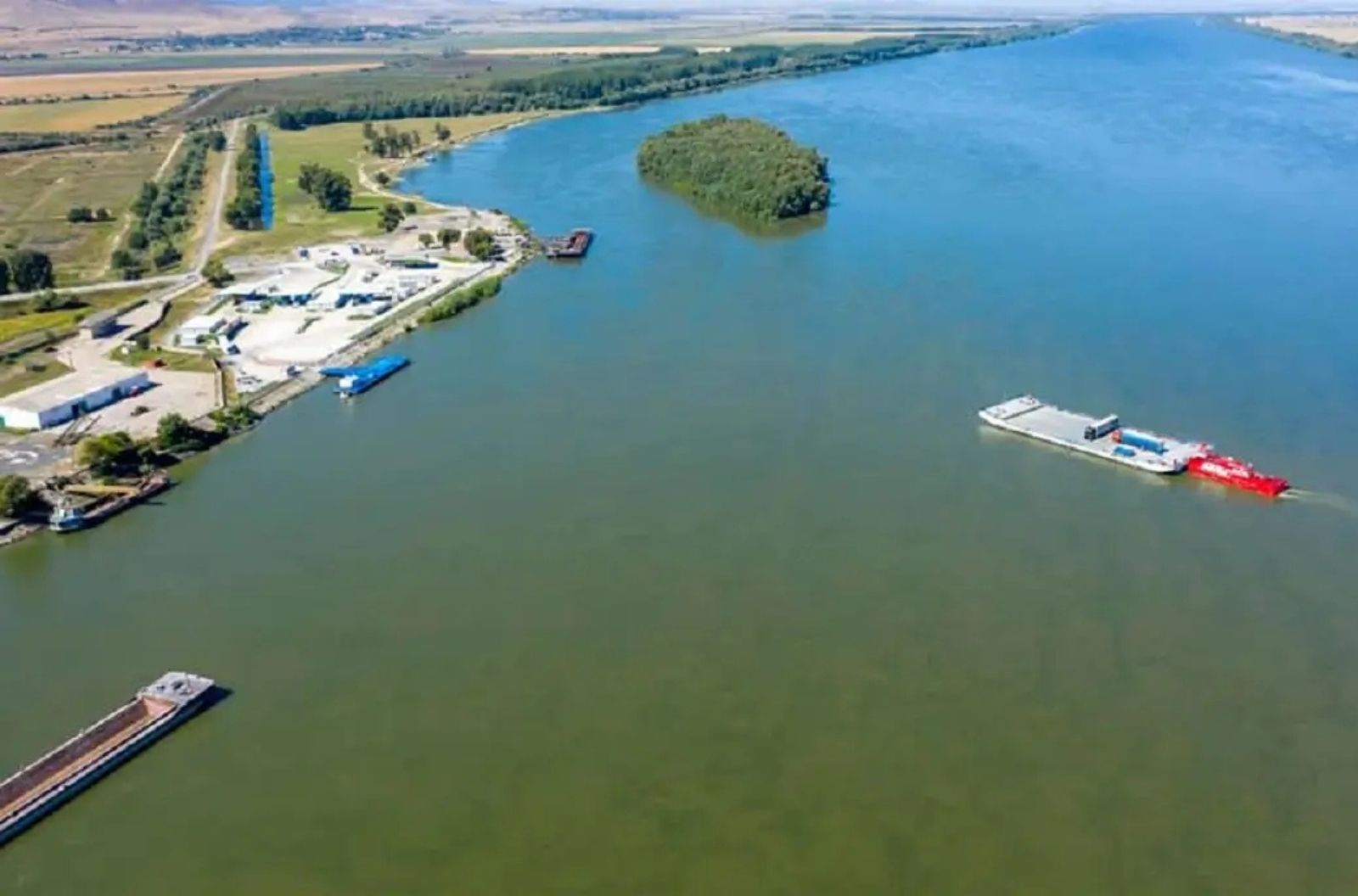Izmail is a city that is also famous for being the base port of the Ukrainian Danube Shipping Company. Ishmael is the "gateway" to the Lower Danube region. It is from the port of Izmail that the most popular European tourist cruise routes begin and end. Traveler and photographer Roman Malenkov wrote a wonderful article about Izmail and we would like to present it for our readers.
Of the large cities Izmail is the Southernmost in Ukraine. On the banks of the beautiful Danube river, between the great lakes, with a lot of architectural monuments, with imperial buildings and unique history, Izmail should be a great tourist center.
From 1940 to 1954, Izmail was the center of the region. The Izmail region occupied the territory of Bessarabia from the Danube to the Dniester. It was the Budzhatsky steppe. The region had an area of ​​12.4 thousand square kilometers - a little less than the current Transcarpathian region. And the city of Izmail was founded by the Ottomans in the 16th century (in 1589 a sultan's decree of foundation was issued). A little later in the city (or was it still a village) built a powerful fortress, which began to control Danube traffic. Although, of course, the settlement existed here before; in Russian times it was called Smil. It was part of the Moldavian principality of Stephen the Great, and the Ottomans simply renamed it.
From the 16th century, Izmail belonged to the Ottoman and Russian empires. The Russians constantly captured the Turkish city, but quickly left it. In 1809, Ivan Michelson (real Russian surname) stormed the fortress of Ishmael, and the city was ceded to the Russians for 47 years. Then he was called Tuchkov. And from 1856 to 1878 Ishmael was part of the vassal Turks of the Principality of Moldova, then until 1918 it was again part of the Russian Empire. For the next 22 years (until 1940), Izmail was a Romanian city.

The main natural attraction of Izmail is the Danube: the widest arm of the delta of the largest river in Europe is the border of Ukraine and Romania. Izmail on the Danube is a large port from which you can go on an excursion to the islands of Little Tatar and Little Daler. On the banks of the Danube once stood a powerful Izmail fortress, the walls of which were destroyed in 1856, in accordance with the terms of the Paris Peace Treaty. All that remains are the ramparts, the gates of two military cemeteries, the rebuilt memorial and the mosque, the most valuable architectural monument of Izmail.
The Little Mosque (Tur. Küçük Camii) was built by the Turks immediately after the capture of the Danube, scientists have determined the beginning of the construction of the 15th century, the end, the 16th century. The temple is a unique example of Ottoman architecture of the late Middle Ages, and a real miracle that it has survived. Today it is a museum; here is the diorama "Assault on Izmail".

The territory of the former fortress is well-arranged and is a wonderful place for recreation of the townspeople. This is a real park on the banks of the Danube; the official name of the park-museum "Fortress". In addition, there are two other important attractions: the Orthodox Assumption Monastery and the Church of St. Nicholas.





The greatest sacred monument of Izmail is the Intercession Cathedral, with a bell tower and a colonnade. It was built in the style of classicism in 1821-1831. The temple is a high-rise dominant of the historical part, and possibly the whole city: the bell tower is 65 meters high. The cathedral was designed by the rector of the Imperial Academy of Arts Abraham Melnikov. Interestingly, the magnificent oval colonnade, which wings away from the bell tower, was built in 1938 by Romanians, who built many things in Bessarabia in the interwar period.
Here are many ancient temples in Izmail with different denominations and religions. In addition to the Muslim mosque, there are synagogues, an Old Believer church, and a Roman Catholic church. The streets of the city are built up mostly with one-storey white houses, cozy and clean. They are a bit like some streets of Odessa or Kherson; a clear chess that starts from the port. There are examples of Romanian architecture, such as the Church of Constantine and Helena, in the neo-market style, and a military hospital, Romanian Art Nouveau. It is worth paying attention to the former building of the Danube Shipping Company, now the hotel "Bessarabia", one of the best in the city.
Izmail has its own brewery; it brews very good beer, which can probably be tasted only here, so you have to go to Izmail.

Source: Ukraine Incognita
Text and Photo: Roman Malenkov




















